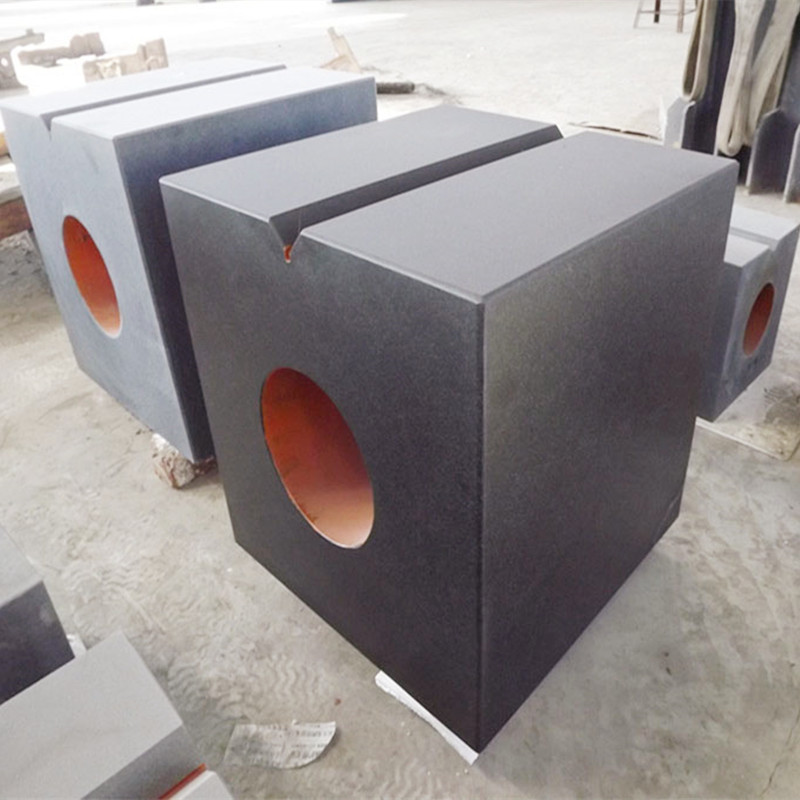Aug . 06, 2024 11:26 Back to list
Exploring the Benefits and Applications of Truss Nail Tooth Plates in Modern Construction Techniques
Understanding Truss Nail Tooth Plates Enhancing Structural Integrity
In the world of modern construction and architecture, the necessity for strong and reliable structures cannot be overstated. One innovation that plays a crucial role in achieving this goal is the truss nail tooth plate. Often overshadowed by more prominent structural components, nail tooth plates are essential in ensuring the stability and durability of truss systems used in roofs, floors, and bridges.
What are Truss Nail Tooth Plates?
Truss nail tooth plates, sometimes referred to simply as nail plates or connector plates, are flat pieces of metal, typically made of galvanized steel, that have multiple protruding teeth. These teeth are designed to be driven into the wood or other structural materials of a truss joint. The primary function of a nail tooth plate is to provide a secure connection between different members of trusses, such as rafters and beams, ensuring that they work in unison to bear loads effectively.
Construction and Design
The design of nail tooth plates is a testament to engineering precision. They come in various sizes and configurations, tailored to meet specific structural requirements. The plates are pre-manufactured to exact specifications, allowing for quick and straightforward assembly on site. As wooden trusses are often subjected to tensile and compressive forces, nail tooth plates distribute these stresses evenly, enhancing the overall integrity of the structure.
The use of galvanized steel helps to prevent corrosion, which is crucial for maintaining the longevity of the structural components, especially in environments exposed to moisture or other corrosive elements. The durability of the materials used in nail tooth plates plays a significant role in defining the lifespan of the entire truss system.
Benefits of Using Truss Nail Tooth Plates
truss nail tooth plate

1. Strength and Stability The primary advantage of truss nail tooth plates is the added strength they provide to truss systems. By securely connecting the various members of a truss, they help improve the load-bearing capacity and overall performance of the structure.
2. Speed of Construction One of the standout features of nail tooth plates is the speed they bring to construction. The pre-manufactured nature of these plates allows for quicker assembly, reducing labor time and costs on building sites.
3. Design Flexibility Truss nail tooth plates can accommodate various designs and configurations, enhancing the creative possibilities in architectural designs. This means that engineers and architects can create more elaborate structures without compromising on safety or stability.
4. Cost-Effectiveness By improving the efficiency of the construction process and minimizing the need for costly reinforcements or repairs in the future, truss nail tooth plates can be a cost-effective solution for builders and developers.
5. Safety and Compliance Structures utilizing nail tooth plates generally meet or exceed industry safety standards. This compliance not only ensures the well-being of the occupants but also adds peace of mind for builders and investors.
Conclusion
As the construction industry continues to evolve, the significance of components like truss nail tooth plates becomes increasingly evident. They are fundamental in creating robust and efficient structures that stand the test of time. By promoting strength, speed, flexibility, and safety, nail tooth plates are pivotal in modern architecture. Whether in residential buildings, commercial spaces, or large infrastructure projects, their role in enhancing structural integrity cannot be underestimated. As we look to the future, innovations in materials and designs will only enhance the efficacy of these essential components, making them a cornerstone of sustainable and durable construction practices.
-
Why Metric Trapezoidal Thread is Ideal for Precision Motion ControlNewsAug.05,2025
-
The Unique Properties of a Block of Granite for Industrial UseNewsAug.05,2025
-
The Role of Flanged Y Strainers in Preventing Pipeline ClogsNewsAug.05,2025
-
The Importance of Regular Calibration for Master Ring GagesNewsAug.05,2025
-
How a Cast Iron Surface Table Enhances Accuracy in ManufacturingNewsAug.05,2025
-
Comparing Different Check Valve Types for Optimal Flow ControlNewsAug.05,2025
Related PRODUCTS









